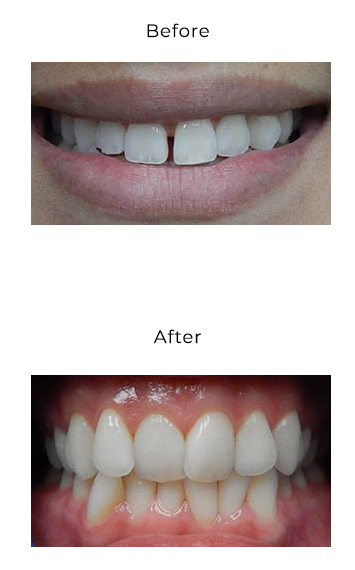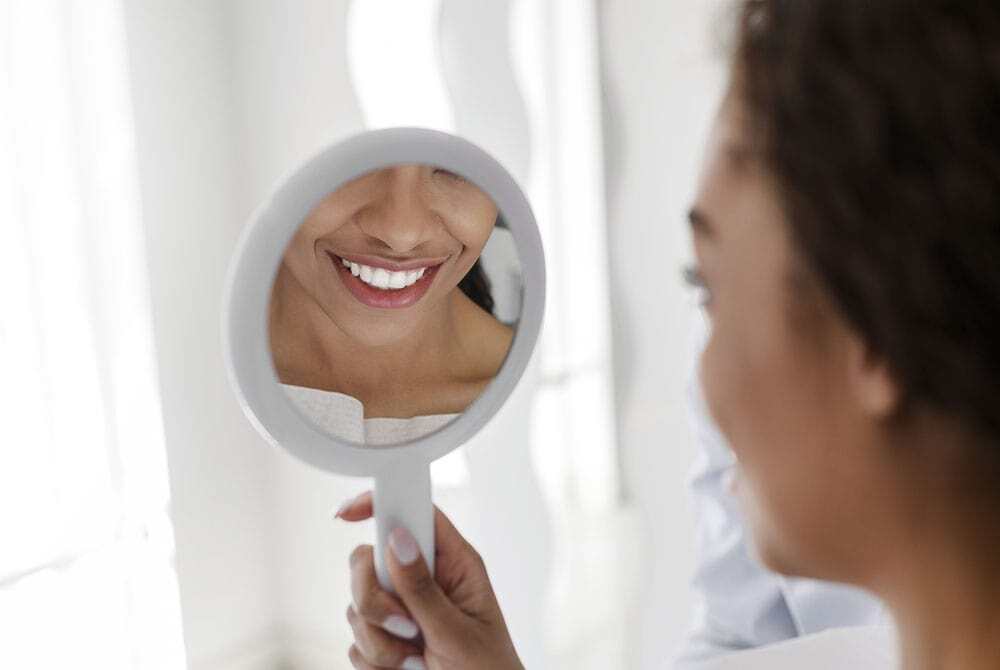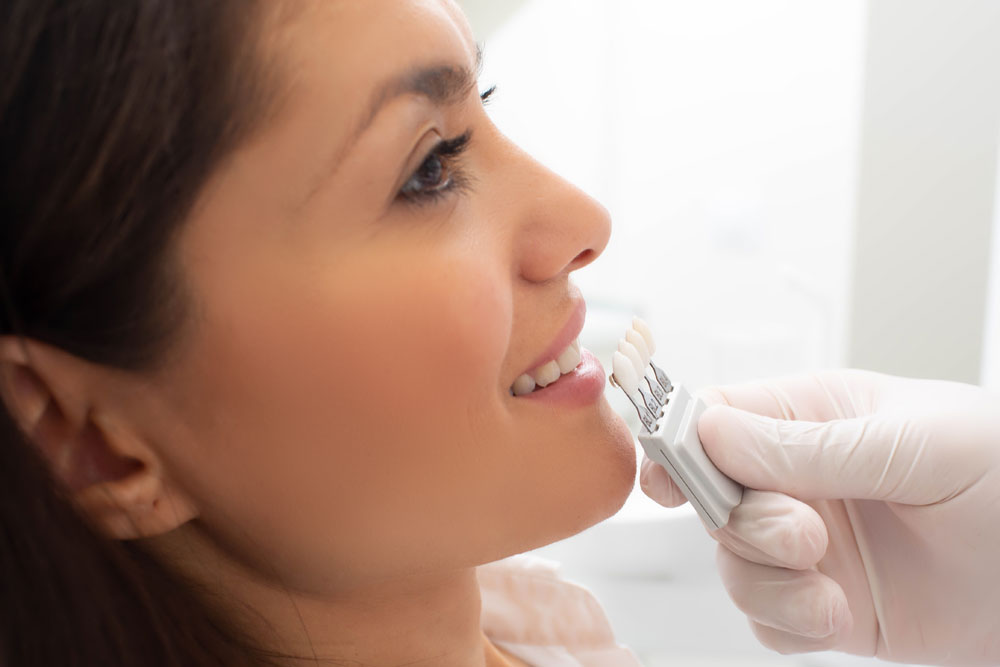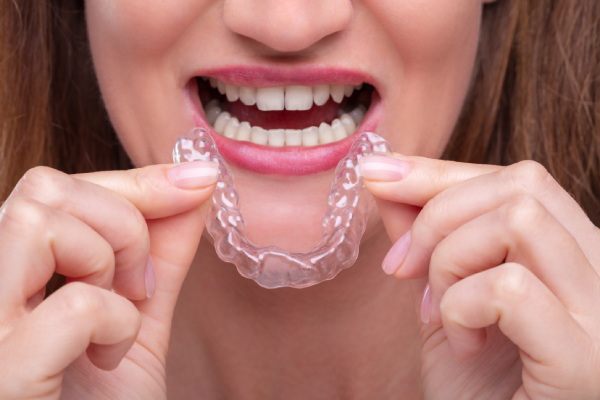
Most people have a small overbite in the sense that their top front teeth fall in front of their lower front teeth. A minor overbite doesn’t generally require correction, however if the space of the overlap between your upper and lower teeth is greater than the ideal size of 2mm to 4mm, then it could start to interfere with normal mouth activities and result in jaw pain or other dental issues.
The good news is that an overbite can be corrected through orthodontics, and Invisalign is a popular and effective option. Visit your Mission Viejo dentist to get the process started.
 How Invisalign Can Treat an Overbite
How Invisalign Can Treat an Overbite
Invisalign works by using a series of clear aligners to gently move your teeth into the desired position. When fixing an overbite, Invisalign is typically used in conjunction with other appliances, such as:
Invisalign Mandibular Advancement
Young patients whose teeth are still growing and developing (12 years of age and under, typically), will usually need the Invisalign Mandibular Advancement. They are just like regular clear Invisalign aligners but with plastic wings that move the lower jaw bit by bit while also bringing the jaws into alignment and straightening the bottom front row of teeth.
Elastics
Older patients whose teeth are already firmly in place may need to use elastics in tandem with their aligners to guide the lower teeth forward and simultaneously push the upper front teeth backward to close a large overbite.
Motion Device
In cases of a very deep overbite, you may be asked by your cosmetic dentist to wear what’s known as a “motion device” to correct it. It consists of a bar that is positioned on the upper teeth that reduces the bite while your aligners and elastics do their work to bring your teeth into the proper position.
Important Information About Invisalign
One of the most important factors in assessing whether you’re a good candidate for Invisalign is how committed you are to wearing the aligners. Although the aligners can be removed for eating, drinking, brushing, flossing, sports, and other activities, they are meant to be worn for at least 22 hours per day. Not following the treatment guidelines can extend your treatment time and compromise your results.
For Invisalign in Mission Viejo, visit Pro Health Dental.
Read More About Cosmetic Dentistry:

 How Invisalign Can Treat an Overbite
How Invisalign Can Treat an Overbite







